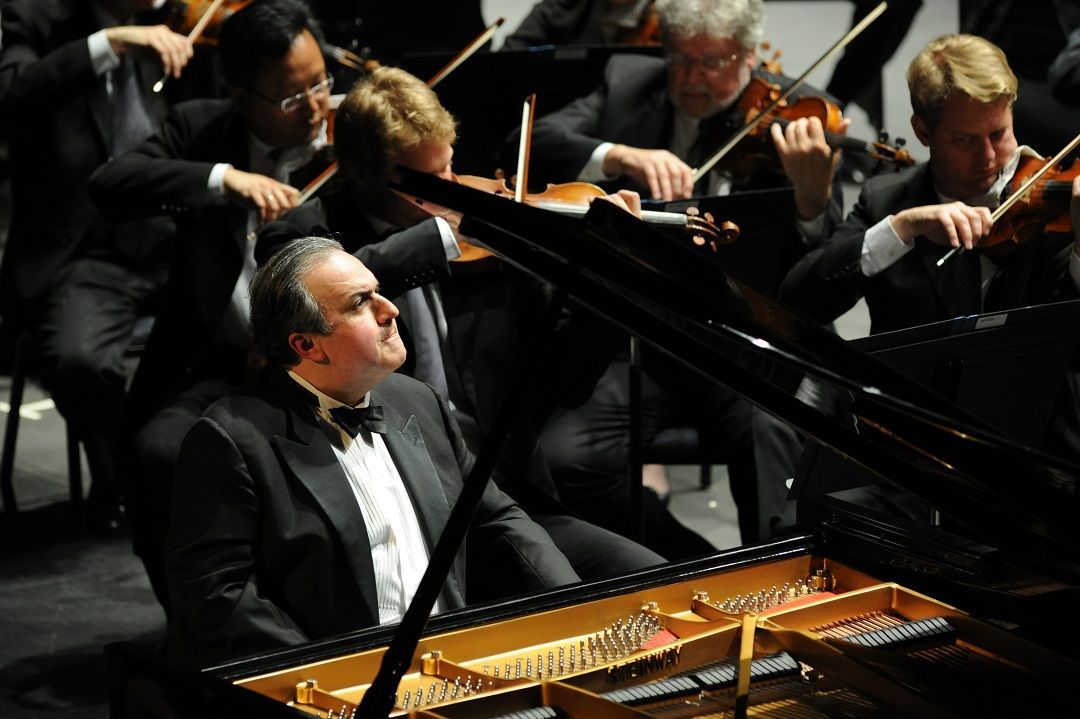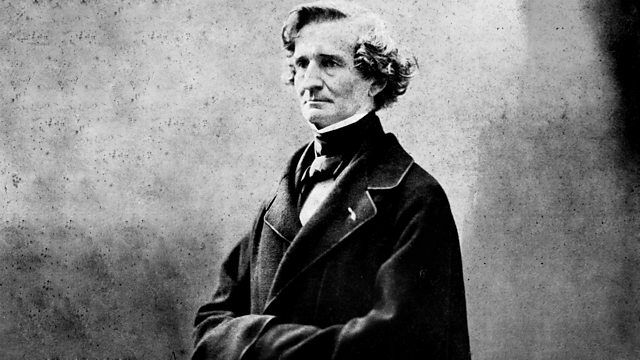Join our newsletter
Get the latest news delivered to your inbox.
Menu - Newsletter Form
401.248.7070 | 667 Waterman Avenue, East Providence, RI 02914
THE STORY BEHIND: Selections from Prokofiev's "Romeo and Juliet"
Share
On January 19 & 20, conductor Ruth Reinhardt and the Rhode Island Philharmonic Orchestra will present ROMEO & JULIET with cellist Zlatomir Fung.

Title: Selections from
Romeo and Juliet
Composer:
Sergei Prokofiev (1891-1953)
Last time performed by the Rhode Island Philharmonic:
This is the first time the Rhode Island Philharmonic will perform this particular collection of scenes. Excerpts from Suites 1 and 2 were last performed April 7, 2018 with Jacomo Bairos conducting. This piece is scored for two flutes, piccolo, two oboes, English horn, two clarinets, E-flat clarinet, bass clarinet, two bassoons, contrabassoon, six horns, three trumpets, cornet, three trombones, tuba, tenor saxophone, two mandolins, viola d’amore, timpani, percussion, two harps, piano, celesta, organ and strings.
The Story: In 1934, the Kirov Theater in Leningrad suggested to Sergei Prokofiev that he compose a full-length ballet to Shakespeare’s
Romeo and Juliet. The confused and frustrating history of this great ballet started right then, for there was the problem of how to treat the ending. As Prokofiev stated, “Living people can dance, the dying cannot.” Fortunately, the composer and eventual choreographers found a way to make the ballet’s ending correspond to Shakespeare’s play.
As it turned out, the Kirov company backed out of its arrangement with the composer, and he signed a contract with the Moscow Bolshoi company instead. However, after hearing the first version of the music to
Romeo and Juliet, the Bolshoi declared it “undanceable” and nullified its agreement with Prokofiev.
At that point, Prokofiev decided to salvage what music he could and set about suites from the ballet. Eventually, the complete ballet was produced in 1938 – but in Brno, Czechoslovakia, not in Russia. Two seasons later, the Kirov Theater, the originator of the idea for the ballet, decided to give the Russian premiere. Prokofiev’s tribulations were not over yet. Because of the poor acoustics of the Kirov Theater, he had to make alterations in the orchestration of certain scenes so the dancers could hear the music. (That is why portions of the suites sound more “transparent” than in the complete ballet.) Then, for the Bolshoi performance in 1946, the composer provided some additional music, and that formed the “final” version of
Romeo and Juliet.
The movements of
Romeo and Juliet Suites 1, 2 and 3 are not in the order they appear in the complete ballet. However, the movements selected for this program restore some semblance of the story. “The Montagues and the Capulets” presents a stamping main section with a contrasting middle that gently portrays Juliet. “The Young Juliet” shows the many moods of her world. “Masks” portrays the stealthy, masked appearance of Romeo, Mercutio, and Benvolio at the ball. The “Dance” is for five peasant couples during the second act’s opening festival scene. The two duels are the subject of “The Death of Tibault.” “Romeo with Juliet Before Parting” is the final farewell at the end of their wedding night, “Morning Serenade” accompanies the sun as it rises to reveal Juliet after having taken a deadly elixir, which leads, inevitably, to “Romeo at Juliet’s Tomb,” the concluding scene of the ballet.
Program Notes by Dr. Michael Fink © 2023 ALL RIGHTS RESERVED
Tickets start at $20! Click HERE or call 401-248-7000 to purchase today!







